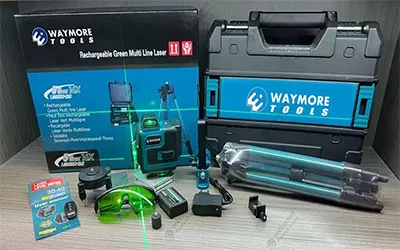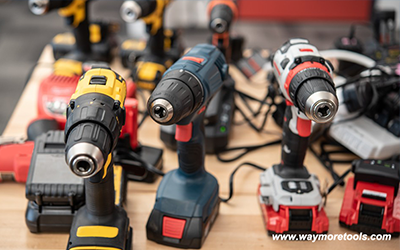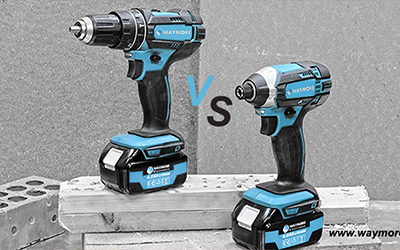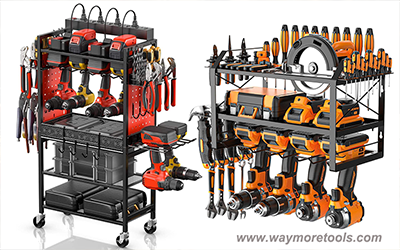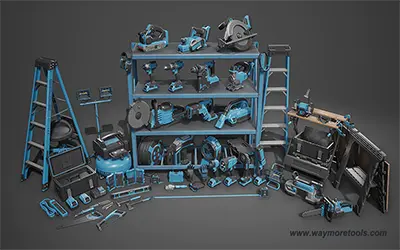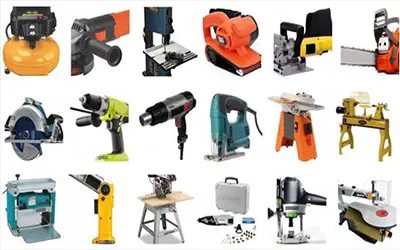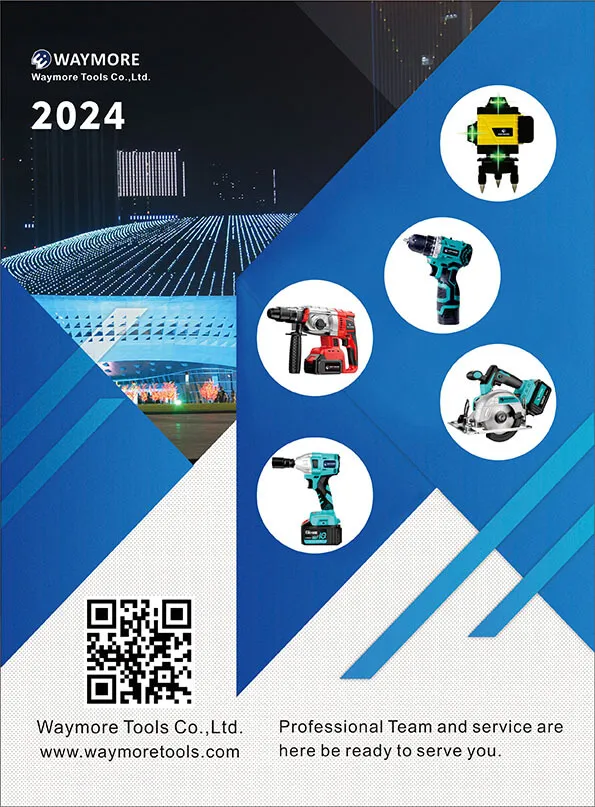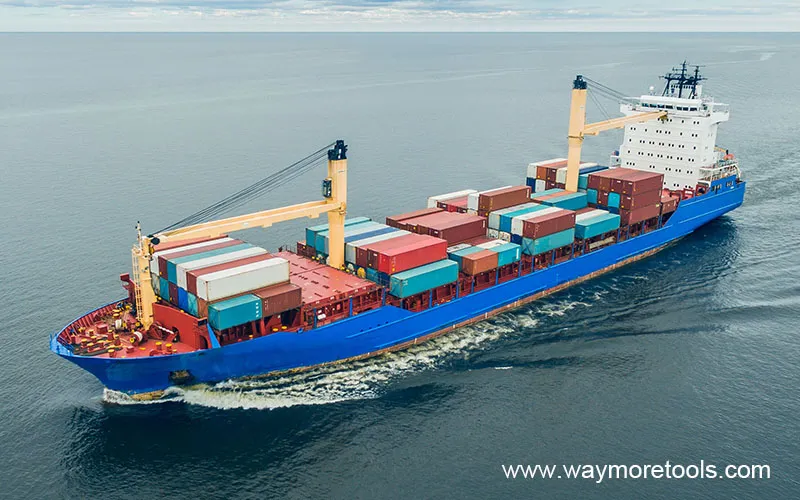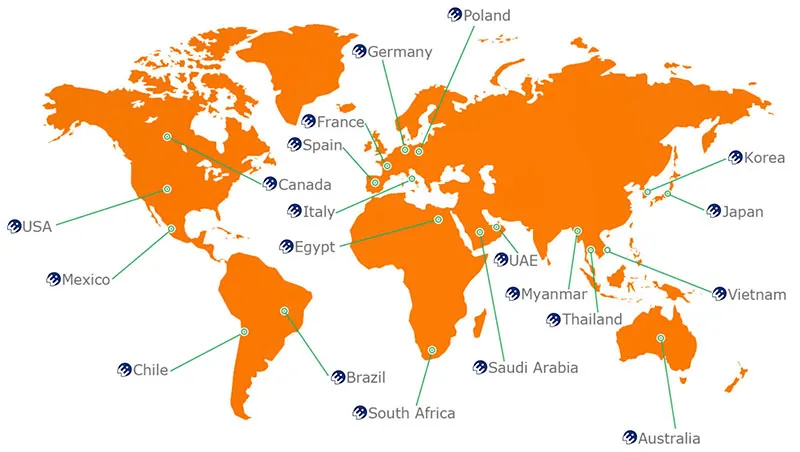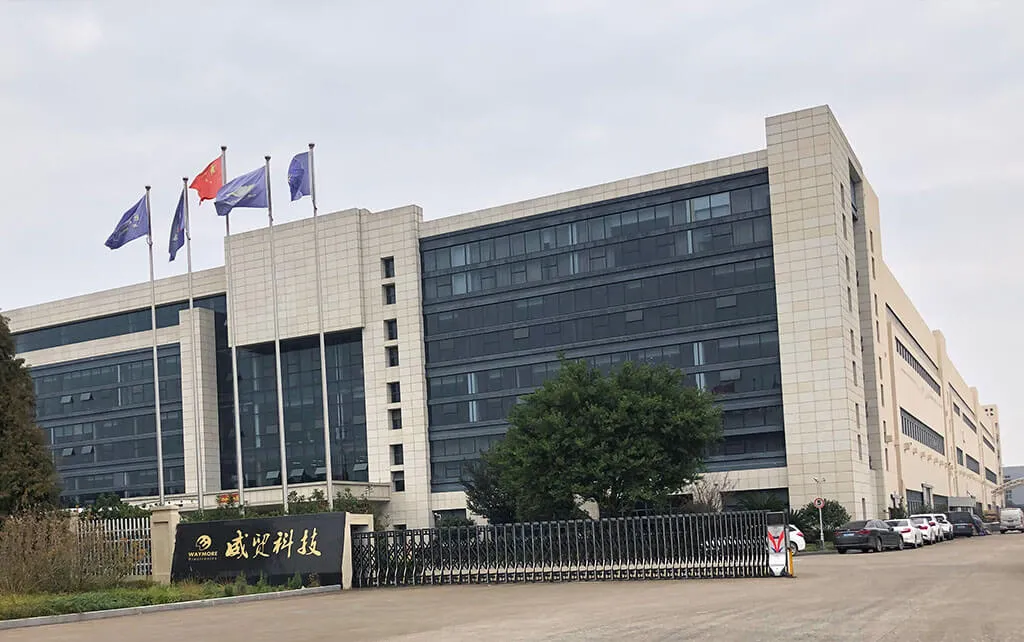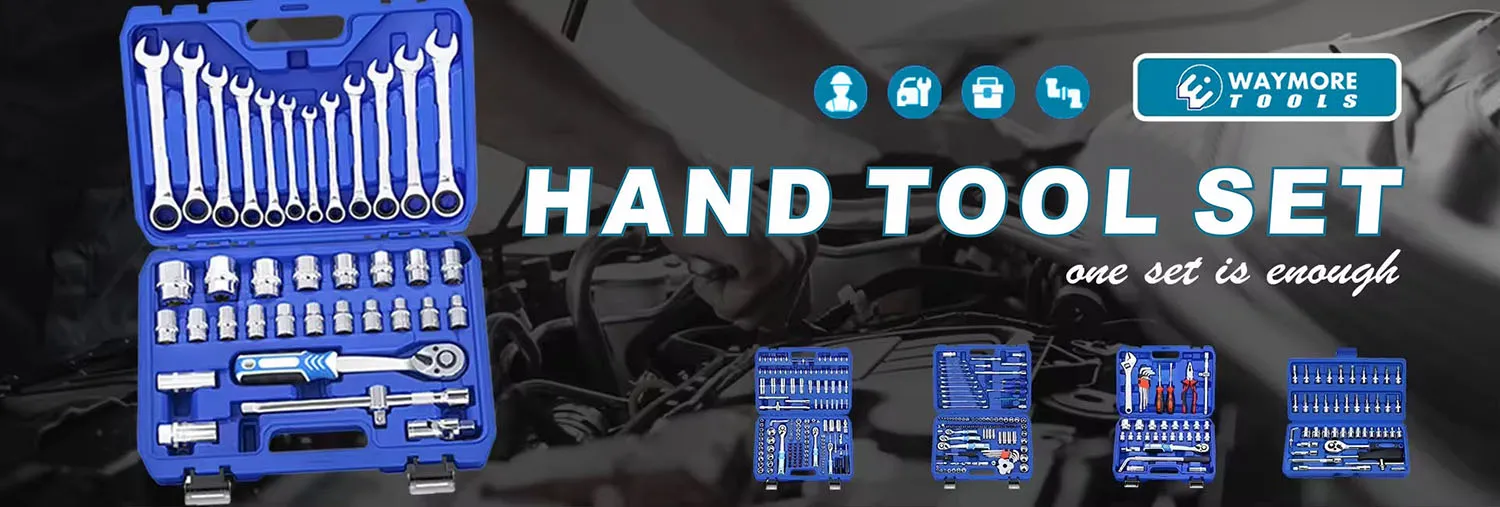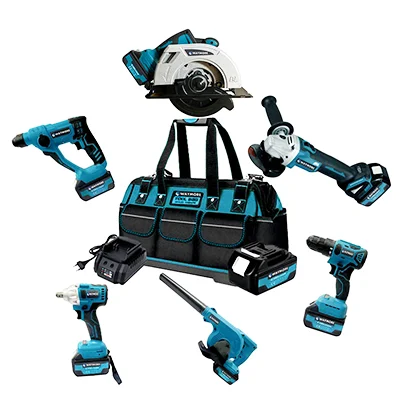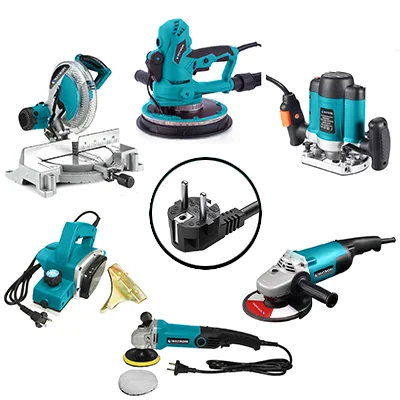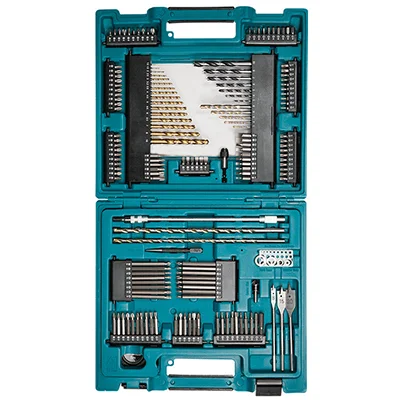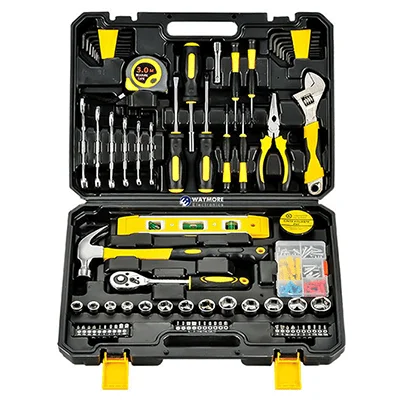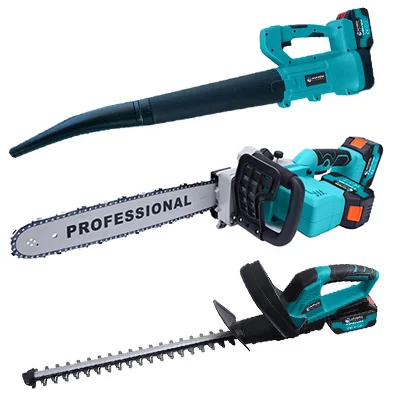Today's Insights: Challenges in Producing High-Quality 16-Line Laser Level Instruments
Introduction
Laser levels have revolutionized construction and surveying tasks by providing precise horizontal and vertical alignment, which is essential in a wide range of applications. Whether one is leveling a floor, aligning cabinetry, or setting foundations, the accuracy that laser levels provide translates to enhanced efficiency and craftsmanship on every job site. However, despite their importance, many manufacturers face substantial challenges in producing high-quality 16-line laser level instruments. This article will explore these obstacles and the reasons some factories with advanced production capabilities hesitate to venture into the realm of 16-line levels, while also integrating essential keywords throughout the discussion.
Understanding 16-Line Laser Level Instruments
To begin with, it’s essential to define what 16-line laser level instruments are and their significance in the tool market. Essentially, a 16-line laser level is a sophisticated tool that projects a grid of 16 laser beams onto walls and surfaces, creating a comprehensive framework for workers. This feature is particularly valuable in large-scale projects where multiple reference lines are necessary for accurate measurements.
Accuracy remains the cornerstone of any laser level's performance. Professionals depend on these tools to provide precise angles and lines, which is particularly critical for applications such as drywall installation, tiling, and electrical work. To achieve the required level of accuracy, high-performance specifications are vital. Features such as adjustable beam convergence, stable pendulum systems, and temperature- and humidity-resistant materials play a significant role in the quality of the instrument.
The Challenges in Achieving Precision
Despite these benefits, producing 16-line laser levels presents unique challenges. One of the primary hurdles is the fundamental nature of laser lines themselves, which can refract when they encounter various materials and surfaces. More specifically, achieving perfect parallel lines in the projections is often elusive due to this inherent property.
The technology used within laser levels primarily relies on conical mirrors that disperse laser beams. While these mirrors are essential for projecting multiple lines, they can introduce errors that affect the accuracy of the measurements. Incorrect alignment results in inconsistencies that may invalidate the entire readout, leading to costly mistakes onsite.
Moreover, pendulum systems are employed to correct inaccuracies on both the X and Y axes. While these systems are designed to stabilize the laser emitter, they are not foolproof. Environmental factors, misalignment during the manufacturing process, and the inherent complexities of 16 lines can diminish their effectiveness, making precision a challenging goal to obtain.
Manufacturer Quality Standards
When dissecting the topic of 16-line laser levels, it is crucial to address the quality expectations various manufacturers uphold. Companies that produce OEM Laser Levels for wholesalers often adhere to high-quality benchmarks to ensure satisfaction among users. As a result, manufacturers may be apprehensive about introducing a product that could compromise their standards.
For many high-quality manufacturers, producing a 16-line laser level poses a risk. The potential for errors increases dramatically, leading to products that may not meet the rigorous specifications that professionals demand. When precision is non-negotiable, manufacturers are often left to question whether it is worth venturing into a challenging product line with infancy and untested reliability.
In situations where companies do release inferior products, the consequences can be severe. Customers face dissatisfaction and may seek refunds or exchanges, ultimately tarnishing the manufacturer’s reputation.
The Vertical vs. Horizontal Challenge
A noteworthy distinction in the calibration process is that vertical lines are substantially easier to achieve precision with compared to horizontal lines. The mechanics of gravity work in favor of vertical setups; however, horizontal line setups can present major difficulties. For example, when attempting to calibrate the position of horizontal lines, the challenge lies in ensuring accurate alignment from various distances.
In reality, many 16-line laser levels encounter issues when positioning along the horizontal axis. This often leads users to temporarily rely on tape measures, making the task complicated and time-consuming. When the laser lines do not align correctly, users must manually remeasure and adjust, which can reduce overall efficiency on the job.
Often, these calibration challenges prompt workers to return to the drawing board, recalibrating their laser setups until satisfactory results are achieved. The necessity of consistent measurements remains, but the practicality diminishes when multiple tools and extended time are required to achieve perfect alignment.
The Role of Wholesale Laser Levels Suppliers
Suppliers play a crucial role in the marketing and distribution of laser levels, particularly for wholesalers and retailers. The relationship between supplier reputation and product quality significantly affects the market for bulk laser levels imports. Trusted suppliers are essential for maintaining a steady flow of high-quality 16-line laser levels.
Established suppliers often carry the weight of ensuring that the laser levels they provide meet the desired specifications. However, when manufacturers fall short, the ripple effects extend beyond just one company. Poorly made instruments reflect poorly on the supplier, which can lead to a lack of trust among distributors and customers alike.
In today’s competitive landscape, there is an ever-growing demand for customizable laser levels to cater to specific needs. Suppliers who recognize and respond to this demand are better positioned to thrive in the market and establish themselves as go-to partners for drillers, contractors, and creative professionals.
Solutions and Industry Innovations
To contend with the many challenges presented in the manufacturing of high-quality 16-line laser levels, the industry must focus on innovation and potential solutions. Technologies surrounding laser calibration and beam shaping are evolving rapidly. Innovations such as improved optics and enhanced temperature stability are being explored to ensure better precision.
In addition, manufacturers are rethinking the design of laser levels in ways that could help mitigate inaccuracies. For contractors and construction professionals, it is critical to select laser levels that align with their specific needs. In this pursuit, they should explore performance ratings, durability feedback, and the adaptability of the instrument itself. Investing in a reputable brand does not simply ensure quality but also provides peace of mind when operating under high-stakes conditions.
As the industry continues to evolve, it is highly essential to note that continuous collaboration between manufacturers, suppliers, and professionals will drive improvements. Ultimately, the excavation of knowledge around potential solutions will serve all stakeholders and highlight the need for further research and development.
Conclusion
In wrapping up our exploration of the challenges faced in producing high-quality 16-line laser level instruments, it is essential to emphasize the significance of accuracy, manufacturer standards, and the complexities of vertical versus horizontal calibration. Our analysis illustrates how vital it is for manufacturers to navigate these challenges carefully, ensuring their products maintain a level of quality that meets user expectations.
As we consider the future of laser level technology, the industry must prioritize continuous innovation and improvement to build a sustainable reputation. We encourage buyers, distributors, and stakeholders to remain informed and advocate for high-performance products that fulfill their precise needs, while also supporting reputable suppliers in the process.
We invite you to engage and share your experiences with laser levels. Consider ordering your next 16-line laser levels from Waymore Tools. We offer the best quality instruments with fast delivery service to fulfill your projects' demands. Join us in optimizing your efficiency and performance with top-grade laser leveling solutions!
As our company continues to participate in this grand event, we remain committed to offering the best power tools and machinery solutions to meet the needs of our global partners. Whether you are a wholesaler, importer, or distributor, we are ready to collaborate and support your business growth.
If you are interested in our Power Tools, welcome to contact with us, and we are here to offer you best service and great products, thank you!
Contact: Daniel
Email: daniel@waymoretools.com
Website: www.waymoretools.com
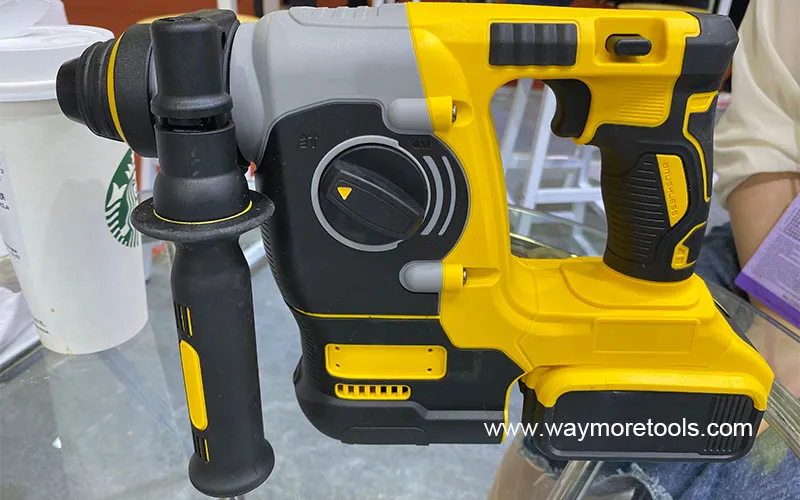
 Waymore Tools
Waymore Tools

